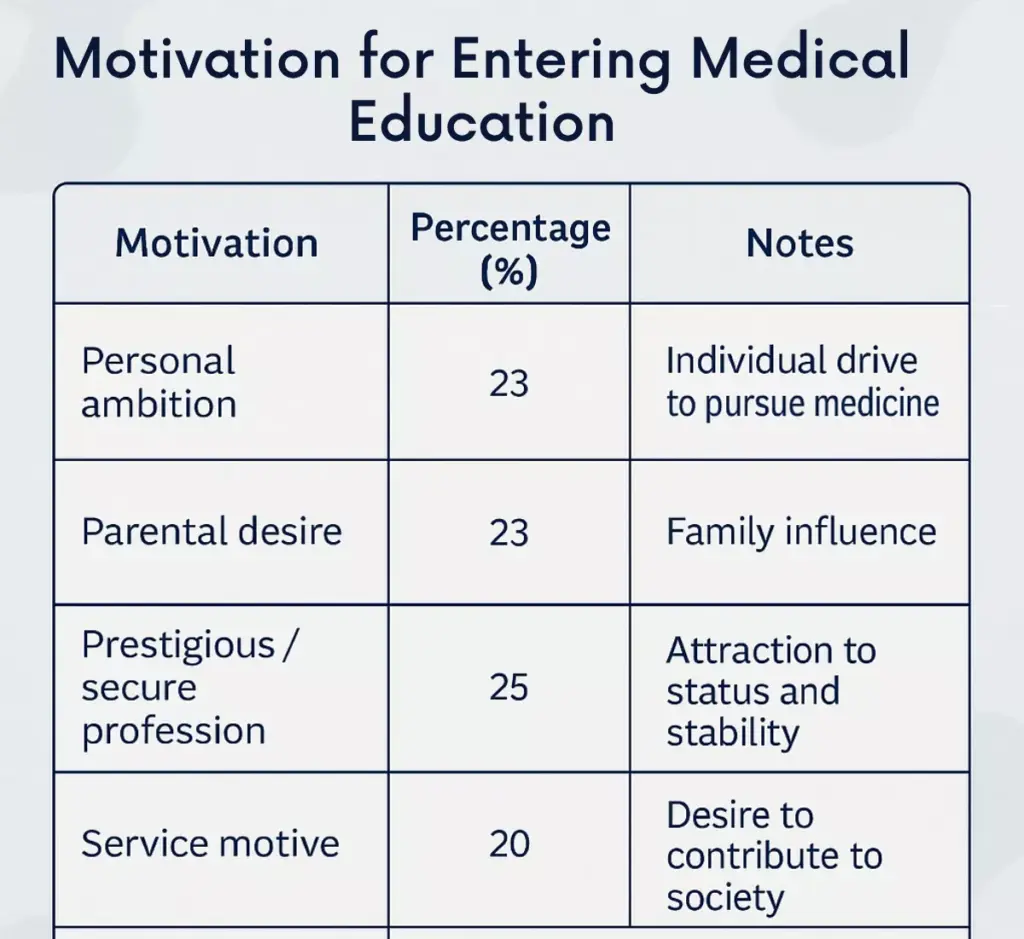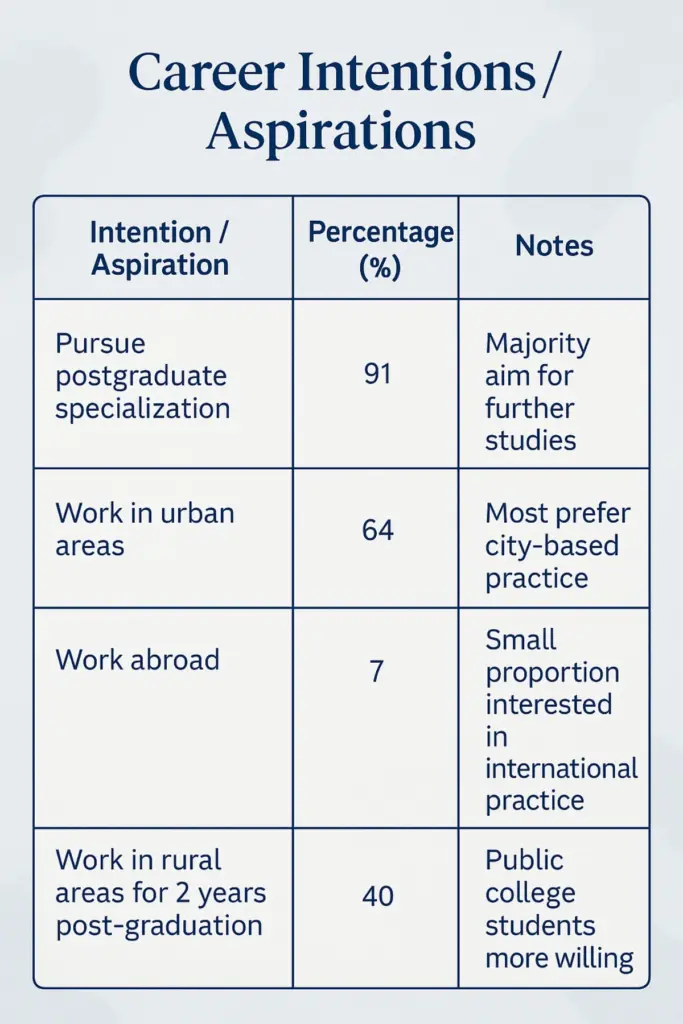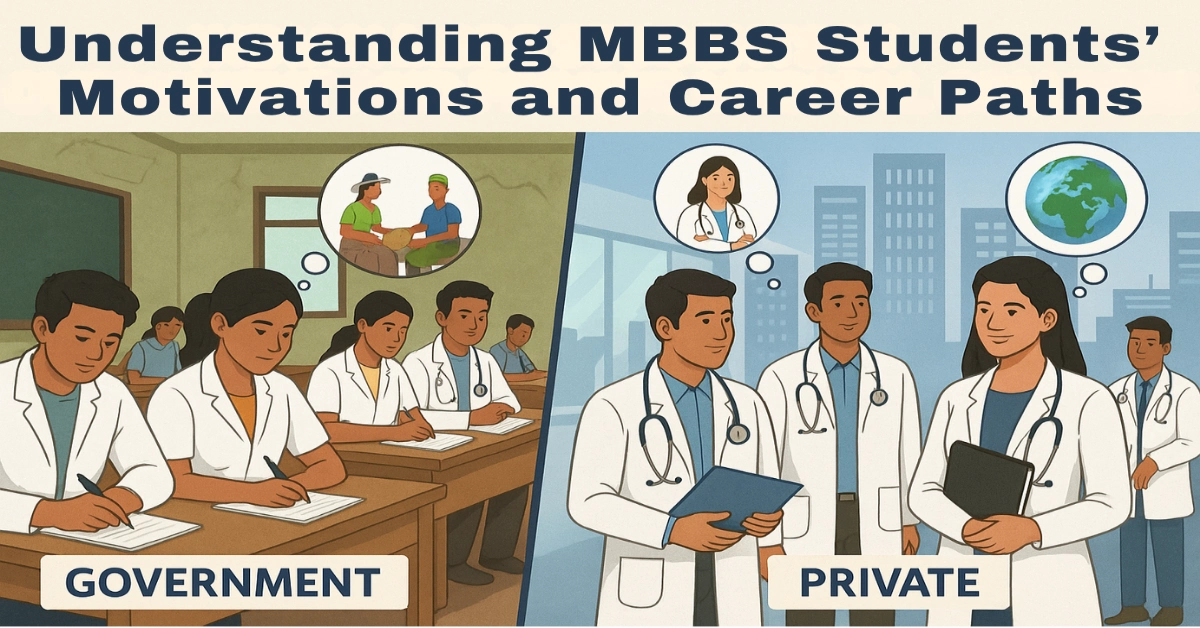Govt vs Private Medical Colleges in India: Medical education in India is diverse and changing faster than ever, with new colleges, changing regulations, and diverse student backgrounds shaping the next generation of doctors. On one hand, medical colleges and MBBS seats in India are rising on a record scale, on the other, the widening rural-urban divide in the healthcare system has failed the poor.
India’s Changing Medical Education Landscape
India holds a distinct record of having the largest number of medical colleges, over 1.23 lakh MBBS seats across 808 colleges in 2025. About half of these seats are in private colleges, which vary widely in fees, infrastructure, and student background.
Getting into a government medical college is extremely competitive because NEET UG cutoffs are much higher. These colleges offer low fees and have a strong academic reputation.
In contrast, private colleges admit students through management and NRI quotas, where MBBS tuition can exceed 30 lakh rupees annually.
These differences create unique social, economic, and motivational experiences for students.
This leads to an important policy question: “Do students from public and private medical colleges in India have different motivations for studying medicine and different long-term career goals?”
Govt vs Private Medical Colleges in India: Why Motivation Matters
Motivation plays a key role in how medical students form their professional identity, ethics, and long-term career goals.
In India, where healthcare access is unequal and most doctors work in cities, understanding what drives medical students is essential for creating better policies and incentives.
The National Health Profile reports that India still lacks nearly 79,000 doctors in rural areas. However, more and more medical graduates are choosing careers in urban hospitals, private practice, or specialised fields.
This divide is influenced by the kind of training, mentorship, and exposure students receive, especially when comparing govt and private medical colleges.

Distinct Motivational Patterns: Govt vs Private MBBS Students
Govt Medical Colleges: Service and Social Commitment
Government medical colleges, subsidised by the state, attract high-performing students from mixed socioeconomic backgrounds.
Multiple studies show that public-college students are mainly driven by:
- A desire to serve society and improve public health;
- A strong interest in clinical medicine and patient care;
- A willingness to work in rural or underserved areas, especially if supported by the government.
A major advantage is clinical exposure. Government teaching hospitals handle over 1,000 patients daily, offering students early and diverse hands-on experience.
This constant patient contact fosters empathy and real-world understanding, shaping students toward community-oriented healthcare.
Private Medical Colleges: Career Growth and Global Ambition
Private-college students often come from upper-middle or affluent families, many entering through management or NRI quotas.
Research suggests they are motivated by:
- Financial stability and return on family investment
- A desire to specialise in high-paying fields such as radiology, cardiology, or orthopaedics
- A preference for urban practice or international migration;
- Less inclination toward rural or government service.
These motivations are not due to a lack of empathy but often stem from economic expectations and peer influence.
Interestingly, when private students participate in structured rural internships, their sense of service and empathy rises sharply.
Comparison of Student Motivations and Aspirations
| Variable | Public Medical Colleges | Private Medical Colleges |
|---|---|---|
| Average Annual Fees | ₹10,000 – ₹1 lakh | ₹15 – ₹25 lakh |
| Socioeconomic Background | Mixed, often middle-class | Upper-middle or affluent |
| Primary Motivation | Service, clinical interest | Financial return, specialisation |
| Preferred Career Path | Govt hospitals, MD/MS, academics | Private hospitals, overseas PG |
| Rural Service Inclination | Moderate to high | Low to moderate |
| Debt Pressure | Minimal | High (family-funded or loans) |
| Patient Exposure | Very high | Variable |
| Research Interest | Higher in top institutions | Moderate |
| Migration Aspiration | Moderate | High |
Socioeconomic and Institutional Drivers
1. Cost of Education and Debt
High tuition fees in private colleges often make students view medicine as an investment. Families expect returns, pushing students toward high-income specialisations or private practice.
In contrast, students in government colleges, who pay minimal fees, enjoy more freedom to pursue service-oriented or academic careers.
2. Clinical Exposure and Confidence
Government hospitals see a heavy patient load, giving students real-world experience and clinical exposure early in their studies.
Many private colleges, especially new ones, have limited patient inflow, which affects hands-on learning.
As a result, students may feel less prepared for independent practice and focus more on postgraduate specialisations.
3. Mentorship and Institutional Culture
Mentorship shapes a student’s values.
- In government colleges, faculty often come from public-sector or research backgrounds, emphasising service and academic rigour.
- In private colleges, faculty and peers may highlight entrepreneurship, hospital management, and career branding.
This environment subtly directs how students imagine their futures.
4. PG Competition and Overseas Aspirations
The NEET PG race adds another layer of stress. Students from both sectors aim for postgraduate seats, but goals differ:
- Government students usually target clinical mastery and teaching positions in India.
- Private students often focus on high-paying specialties or overseas exams like the USMLE.
Career Aspirations: A Tale of Two Systems
| Category | Public MBBS Students | Private MBBS Students |
|---|---|---|
| Common Specializations | Internal Medicine, Paediatrics, Community Health | Radiology, Orthopaedics, Surgery, Cardiology |
| Preferred Sector | Government hospitals, academics | Corporate hospitals, private practice |
| Migration Intention | Lower | High (35–40%) |

Implications for India’s Health Workforce
These motivational divides create serious challenges for India’s health system:
- Urban bias & rural shortage: Private-college graduates dominate new MBBS growth, yet few choose rural service.
- Public-private gap: Two medical cultures are emerging, one focused on service, the other on profit.
- Equity issues: Many capable low-income students miss out due to unaffordable private fees.
- Brain drain: Graduates from private institutions are more likely to migrate abroad, reducing India’s doctor availability.
Unless policies bridge these structural gaps, India’s healthcare delivery will stay uneven and urban-heavy.
Policy Recommendations
- Uniform Curriculum and Rural Exposure: NMC should enforce common competency standards and make rural health postings mandatory across all colleges, public or private.
- Financial Incentives for Service: Offer loan relief or scholarships for students serving in rural or government hospitals. Countries like Thailand and the Philippines already follow this model successfully.
- Strengthen Mentorship and Career Counselling: Every medical college should have a career guidance cell. Mentorship in research and community service can help balance commercial pressures.
- Public-Private Training Partnerships: Allow private-college students to intern in government hospitals, improving their clinical exposure and public-health awareness.
- Encourage Motivation-Based Research: Long-term research should track how students’ goals evolve from admission to graduation. This data can help design smarter education policies.
Shared Dreams, Different Paths: Harmonising MBBS Student Motivations
Whether in government or private colleges, Indian MBBS students share one dream: to serve society and make a difference.
But their journeys differ.
Public-college students, free from financial burden, often lean toward service and academics. Private-college students, driven by investment and ambition, often aim for specialisation and global careers.
To build a balanced healthcare system, India must reduce this motivational divide through fair exposure, financial support for service, and quality assurance across all institutions.
If both public and private medical education move toward a common goal of equitable healthcare, India can train not just more doctors, but better ones.

